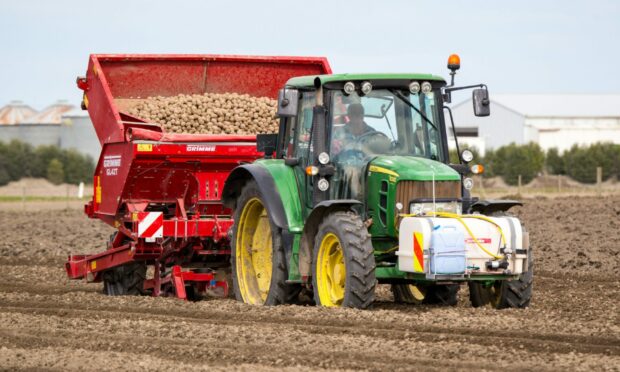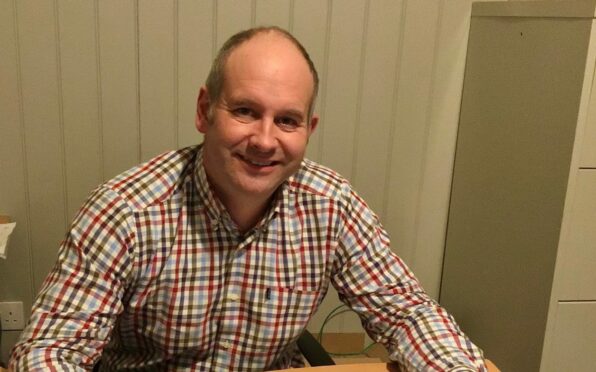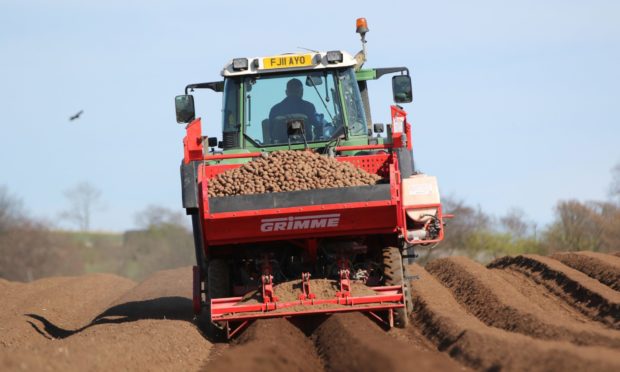Scottish seed tattie growers are to form a co-operative to adopt much of the work previously carried out by AHDB Potatoes.
Growers who were invited to meetings at Forfar and in Moray approved plans for a seed-specific group that is expected to be officially launched at the industry’s Potatoes in Practice event near Dundee in August.
A steering group, led by NFU Scotland’s potato group chair, Mike Wilson, has been tasked with drawing up the co-operative’s key aims and writing to all Scottish seed producers with details of the proposal.
Mr Wilson said the group would fund research, innovation and technical services for the benefit of the seed potato sector, and represent the views of growers to regulators.
It would also support the development of international markets for seed potatoes and promote the environmental sustainability of the sector.
Membership, which will be voluntary, is likely to cost around £40/ha, and Mr Wilson said growers who have been consulted have not been daunted by the fee.
“They just want to make sure their money is spent in the right places,” he said.
“The seed area in Scotland is around 10,000ha so the most we’d be able to raise would be £400,000, but as a co-op we’d also hope to attract extra funding,
“Eventually we might include seed growers from Yorkshire, for instance, and in future we might even incorporate ware producers, but for the moment it’s for seed growers only.”
The move has been supported by the co-operative movement, SAOS, and the Scottish Agricultural Export Hub as well as Scottish Potatoes which was established by a consortium including Scotland’s Rural College (SRUC), the Scottish Government’s plant health organisation SASA, and the James Hutton Institute.
Mr Wilson said GB Potatoes, the other group which is seeking support from potato producers, processors and packers in the wake of the vote to disband AHDB Potatoes, was not invited to attend the meetings.
However he added: “If GB Potatoes goes ahead, our co-operative could possibly contribute funds to particular projects that were relevant to the seed industry.”


